US headline CPI rose to 2.0% yoy in April, up from 1.9% yoy but missed expectation of 2.1% yoy. Core CPI rose to 2.1% yoy, up from 2.0% yoy and matched expectations.
Canada added 106.5k jobs, unemployment rate dropped to 5.7%
Canadian Dollar jumps sharply after stellar job data. The employment market grew 106.5k in April, well above expectation of 15.0k. Unemployment rate dropped to 5.7%, down from 5.8% and beat expectation of 5.8%. On year-over-year basis, employment grew 2.3% or 426k, with 248k in full-time and 170k in part-time jobs. Employment grew in four provinces of Ontario, Quebec, Alberta and Price Edward Island.
Into US session: Markets shrug new tariffs, await US CPI and Canada jobs
Entering into US session, the forex markets are generally staying in very tight range. Risk aversion somewhat receded today even though Trump maintained his hard line on trade negotiations with China. He indicated there is no rush for a deal now that the new rounds of tariffs took effect today. And the US an even use newly collected tariffs to buy their own agricultural products to send to poor countries for humanitarian aids. Let’s see if he will deliver what he claims.
For now, Dollar is the weakest one for today, followed by Yen and then Canadian. Euro is the strongest one, followed by Swiss franc and then Kiwi. The Pound gets no support from solid 0.5% Q1 GDP growth in UK. Dollar and Loonie will look into US CPI and Canadian job data for the next move.
In Europe, currently:
- FTSE is up 0.39%.
- DAX is up 0.80%.
- CAC is up 0.50%.
- German 10-year yield s up 0.008 at -0.039, staying negative.
Earlier in Asia:
- Nikkei dropped -0.27%.
- Hong Kong HSI rose 0.84%.
- China Shanghai SSE rose 0.31%.
- Singapore Strait Times rose 0.12%.
- Japan 10-year JGB yield rose 0.0019 to -0.044.
Trump will use China tariffs to buy US farm products, building new infrastructure, on healthcare…
In a series of tweets today, Trump indicates he’s now in no rush to seal the trade deal with China, given that new tariffs are already in plan. Trump said “Talks with China continue in a very congenial manner – there is absolutely no need to rush – as Tariffs are NOW being paid” going “directly to the Treasury”.
And, additionally Trump said with over USD 100B in tariffs, “we will buy agricultural products from our Great Farmers, in larger amounts than China ever did, and ship it to poor & starving countries in the form of humanitarian assistance.”
Also, “If we bought 15 Billion Dollars of Agriculture from our Farmers, far more than China buys now, we would have more than 85 Billion Dollars left over for new Infrastructure, Healthcare, or anything else. China would greatly slow down, and we would automatically speed up!”
It actually sounds a bit like a mix of state capitalism and socialism.
UK Hammond hails Q1 GDP growth in all major sectors
UK Chancellor of Exchequer Philip Hammond hailed that 0.5% growth in Q1 GDO was good news, with growth in all major sectors. He added, “we’re investing billions in our infrastructure and skills to boost jobs & wages”.
UK GDP grew 0.5% qoq in Q1, but March contracted -0.1% mom
UK GDP grew 0.5% qoq in Q1, up from Q4’s 0.2% qoq and matched expectations. Annually, GDP grew 1.8% yoy, up from Q4’s 1.4%.
Looking at the details, production had a noticeable pickup by 1.4. But services growth slowed to just 0.3%. Construction growth increased to 1.0%. Output of agriculture, forestry and fishing sector fell by 1.8%.
In March GDP contracted -0.1% mom, below expectation of 0.0% mom. Index of services dropped -0.1% mom. Index of production rose 0.7% mom. Manufacturing rose 0.9% mom. Construction dropped -1.9% mom. Agriculture dropped -0.1% mom.
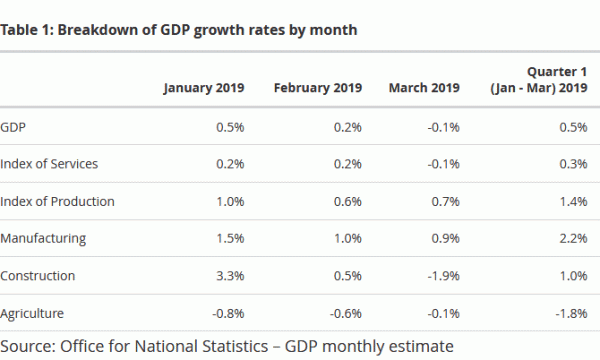 In March, UK industrial production rose 0.7% mom, 1.3% yoy, versus expectation of 0.1% mom, 0.4% yoy. Manufacturing production rose 0.9% mom, 2.6% yoy, versus expectation of 0.0% mom, 1.1% yoy. Visible trade deficit narrowed to GBP -13.65B, slightly smaller than expectation of -13.7B. Construction output dropped -1.9% mom, versus expectation of -0.9% mom.
In March, UK industrial production rose 0.7% mom, 1.3% yoy, versus expectation of 0.1% mom, 0.4% yoy. Manufacturing production rose 0.9% mom, 2.6% yoy, versus expectation of 0.0% mom, 1.1% yoy. Visible trade deficit narrowed to GBP -13.65B, slightly smaller than expectation of -13.7B. Construction output dropped -1.9% mom, versus expectation of -0.9% mom.
ECB Praet: World norm challenged by power politics
ECB chief economist Peter Praet said a prepared speech that “the notion that the euro provides stability and security has been weakened by the gaps in our governance framework”. Thus, “it is not surprising that claims that countries would be better off outside the euro find a sympathetic audience.”
To him, the long run solution most likely involves “deeper fiscal integration”. In the short run, Praet urged to “complete banking union”. While the SSM has moved Eurozone towards the goal, “for deep cross-border integration to develop, effective institutions for public risk-sharing need also to be in place.”
Praet also pointed out that “rules and norms” of international relations government since WWII are being challenged and replaced by “new power politics where large economies try to impose their will on smaller ones”. And in such a world ” it is undeniable that the EU amplifies the sovereignty of its members.:.
Also, Brexit also underling the pros and cons of EU membership. And, “it is now established that leaving the EU presents a trade-off: countries either have to follow the rules they could once set; or they have accept a diminished level of market access, and ultimately lower welfare for their people.”
It’s formal, new US tariffs on China take effect
It’s formal. The new US tariffs on Chinese imports take effect. Tariffs on USD 200B in Chinese goods are increased from 10% to 25%. Top 10 items affected include telecommunication equipment, computer circuit boards, processing units, metal furniture, computer parts, wooden furniture, static converters, vinyl tile floor coverings, seats with wooden frame and car parts. Paper work for taxing another USD 325B in Chinese goods has also started earlier this week.
In a brief statement China Ministry of Commerce said the country “deeply regrets” US decision. And, MOFCOM said China “will have to take necessary countermeasures”, without elaboration. But it “hoped that the US and the Chinese side will work together and work together to resolve existing problems through cooperation and consultation.”
RBA SoMP: Slight downgrade of inflation, no imminent need to cut rates
In the Statement of Monetary Policy, RBA noted that the economy has “slowed” and inflation “remains “low”. Also, “subdued” growth in household income and “adjustment” in housing markets affected consumer spending and residential construction. Still, labor market is “performing reasonably well”. Underlying inflation came in lower than expected in Q1 and “with pricing pressures subdued across much of the economy”.
Looking at the new economic projections, 2019 growth forecasts was revised down notably from 2.75% to 2.00%. But 2020 growth expectation was unchanged. Unemployment rate will stay longer at 5.00% through Dec 2020. Headline CPI was expected hit 2.00% in Dec 2019 and stay there throughout. Core CPI is revised slightly to 1.75% in Dec 2019 and 2.00% in Dec 2020.
All in all, while 2019 growth is expected to undershoot, it’s expected to pick up quickly. The downward revision in core CPI was just showed a slower pickup back to target, not anything disastrous. Based on this outlook, RBA still has a lot of room to wait and see the developments, before cutting interest rates.
GDP growth year average:
- 2019 at 2.00%, revised down from 2.75%;
- 2020 at 2.75%, unchanged.
Unemployment rate:
- Dec 2019 at 5%, unchanged;
- Dec 2020 at 5%, revised up from 4.75%.
CPI:
- Dec 2019 at 2.00%, revised up from 1.75%;
- Dec 2020 at 2.00%, down from 2.25%. .
Trimmed mean inflation:
- Dec 2019 at 1.75%, revised down from 2.00%;
- Dec 2020 at 2.00%, revised down from 2.25%.
BoJ opinions: Clarification on forward guidance strengthens confidence in powerful easing
Summary of opinions at the April 24-25 BoJ Monetary Policy Meeting is released today. At the statement of that meeting, BoJ added clarification of forward guidance for policy rates. It noted that BoJ intended to keet current levels of interest rates at least through around spring 2020.
The summary of opinions noted that “in order to strengthen public confidence in continuing with powerful monetary easing, it is appropriate to clarify forward guidance for policy rates, such as through making clear the specific period for which extremely low levels of interest rates will be maintained.” Also, “it is appropriate to consider revising forward guidance for policy rates, given, for example, that uncertainties regarding overseas economies have heightened compared to the time of its introduction.”
Meanwhile BoJ also noted “there is a possibility that a further decline in interest rates will result in a greater risk of inducing side effects on the real economy, rather than positive effects”. But BoJ dismissed the argument that QQE led to deterioration in banks’ profitability. It’s noted monetary easing has “brought about economic improvement, an increase in lending, a decline in credit costs, and an increase in profits stemming from stocks and bonds”.
RBNZ Bascand: Economy growing below potential, needs to be pumped up
RBNZ Deputy Governor Geoff Bascand said the economy is growing less than potential of 2.8%. And, there’s just not enough pressure to get inflation up. “We think capacity pressures will just become a little less,” he said. “There is pressure there, there’s just not enough pressure to get inflation up. We need growth to be around 3% or more to keep being at or approaching our targets.”
Nevertheless, he added “nobody’s talking gloom here” even though it was “getting a bit harder” to meet the inflation target. He said “the headwinds have become a bit stronger, the global economy has become a bit weaker, the domestic economy seems to have softened.” Hence, “we’re going to be drifting away a little bit, not staying as close, there’s more chance of inflation ebbing than rising”.
And, “because of that, we ended up coming to a view that we needed to help pump it up a bit more.”
Chinese VP Liu wrapped first day of negotiation with a smile as new tariffs will start shortly
Chinese Vice Premier Liu He wrapped his first day of meeting with US Trade Representative Robert Lighthizer and Treasury Secretary Steven Mnuchin. After 90 minutes meeting in the USTR office, they had a dinner together. Ahead of the meeting, Liu said: “We come here this time, under pressure, which shows China’s greatest sincerity, and want to sincerely, confidently, and rationally resolve certain disagreements or differences facing China and the United States. I think there is hope,”
Trump said he got a “beautiful letter” from Chinese President Xi Jinping and they’ “probably” speak by phone. Trump reiterated his hard line and said “Our alternative is an excellent one, it’s an alternative I’ve spoken about for years. We’ve taken well over $100 billion from China in a year.”
For now, no phone call has been made yet, nor scheduled. White House just noted that the negotiations will continue on Friday morning in Washington. Meanwhile, the tariffs on USD 200B of Chinese imports will be raised from 10% to 25% at 12:01am EDT (0401 GMT) today. China’s retaliations are expected to follow soon. And, the US has also started the paperwork to impose 25% tariffs on extra USD 325B in untaxed Chinese goods.
DOW breaks 55 day EMA decisively, confirming near term bearish reversal
US stock markets are in deep selloff today on trade war concerns. At the time of writing, DOW is down -365 pts or -1.41%. S&P 500 is down -1.39%. NASDAQ is down -1.59%. 10-year yield is down -0.047 at 2.435. Technically, the near term outlook in the indices are rather bearish too.
Regarding DOW, firstly, rise from 21712.53 is seen as the second leg of medium to long term consolidation pattern from 26951.81. (S&P 500 and NASDAQ broke respective historical highs but couldn’t sustain above. So, that doesn’t violate the view that equivalent rebounds were the second legs of corrective patterns too). Secondly, 26695.96 was reasonably close to 26951.81 high. Thirdly, bearish divergence is seen in daily MACD. Fourthly, 55 day EMA is now firmly taken out today.
The developments suggest that rise from 21712.53 has completed at 26695.96 already. And fall from there should be the third leg of the above mentioned corrective pattern from 26951.81. Further decline should now be seen back to 38.2% retracement of 21712.53 to 26695.96 at 24792.28. Sustained break there should confirm our view and target 61.8% retracement at 23616.20 and below.
Meanwhile, a turn around in US-China trade negotiation could reverse the decline in stocks. But could Chines Vice Premier achieve that? Theoretically yes but unlikely.
Chinese Yuan in free fall, Shanghai SSE declines on US-China trade war
Chinese investors are apparently preparing for the worse in the trade talks in Washington. Expectations is rather low for Vice Premier Liu He. Whether he could save the trade deal or not, it looks like new round of tariffs will take effect tomorrow in either case. Trump’s hard line rhetoric, vowing not to back down, is an indication. White House Press Secretary Sanders also noted the administration is full prepared for stock market reactions.
Rally in USD/CNH (off shore Yuan) accelerates sharply higher today, as Yuan is in free fall. The development further confirms that corrective pattern from 6.9800 has completed at 0.6699 after hitting 38.2% retracement of 6.2354 to 6.9800. Further rise should be seen to retest this 6.9800 high, as well as psychologically important 7 handle. Should trader war worsens, and barring any government intervention, USD/CNH should take out 6.9800 with relative ease. Next target will be 61.8% projection of 6.2354 to 6.9800 from 6.6699 at 7.1301.
Shanghai SSSE closed down -1.48% at 2850.95 today as fall from 3288.45 extends. For now, we’re just seeing such decline as at corrective move. Still, SSE will likely drop through 61.8% retracement of 2440.90 to 3288.45 at 2764.66 before slowing down.
Into US session: CHF & JPY strongest, AUD weakest as new tariffs on China loom
Entering into US session, Swiss Franc and Yen are the strongest ones for today so far as risk aversion dominates. DOW future is pointing to another gap down in US markets. Chinese Vice Premier Liu He will try to save the trade deal in Washington as new round of tariffs loom tomorrow. The France is give an additional lift on weakness in both German yield and China Yuan. Euro, remains rather resilient though.
On the other hand, Australian Dollar is the worst performing one for today, followed by Canadian and then Sterling. In particular, the lift from RBA’s standing pat earlier this week was rather brief. AUD/USD looks set to break through 0.6962 low soon, should trade war escalation materializes.
In Europe, currently:
- FTSE is down -0.75%.
- DAX is down -1.20%.
- CAC is down -1.56%.
- German 10-year yield is down -0.019 at -0.061.
Earlier in Asia:
- Nikkei dropped -0.93%.
- Hong Kong HSI dropped -2.39%.
- China Shanghai SSE dropped -1.48%.
- Singapore Strait Times dropped -0.43%.
- Japan 10-year JGB yield rose 0.0053 to -0.046 l
Corbyn tells May to move red lines and give big offer on Brexit
UK opposition Labour Jeremy Corbyn said there is no big offers from Prime Minister Theresa May on Brexit yet. An he urged May to move her red lines.
Corbyn said “So far in those talks there’s been no big offer and the red lines are still in place.” “Its actually quite difficult negotiating with a disintegrating government, with cabinet ministers jockeying for succession rather than working for an agreement.”
“Quite honestly, the government has to move its red lines. We cannot go on having MV1, MV2, MV3 and then coming on for possibly MV4 or a bill we have yet to actually see” he added.
May’s spokesperson said there are significant work to do to reach a unified way forward to break a parliamentary impasse over Brexit. And the government is working hard to introduce the Brexit Withdrawal Agreement bill as soon as possible.
China prepared to response to all possible outcomes of trade talks with US
Chinese Ministry of Commerce spokesman Gao Fend said in a regular briefing that “the U.S. side has given many labels recently, ‘backtracking’, ‘betraying’ etc … China sets great store on trustworthiness and keeps its promises, and this has never changed.”
Gao added, “we hope the U.S. can meet China halfway, take care of each others’ concerns, and resolve existing problems through cooperation and consultations”
But he alsosaid that “China’s attitude has been consistent, and China will not succumb to any pressure”. Gao warned “China has made preparations to respond to all kinds of possible outcomes.”
US jobless claims dropped to 228k, trade deficit at USD -50B
US initial jobless claims dropped -2k to 228k in the week ending May 4, above expectation of 220k. Four-week moving average of initial claims rose 7.75k to 220.25k.
Continuing claims rose 13k to 1.684M in the week ending April 27. Four-week moving average of continuing claims dropped -8k to 1.666M.
PPI rose 0.2% mom, 2.2% yoy in April, versus expectation of 0.2% mom, 2.3% yoy. PPI core rose 0.1% mom, 2.4% yoy, versus expectation of 0.2% mom, 2.5% yoy.
Trade deficit rose 1.5% to USD 50.0B in March, better than expectation of USD -51.4B. Exports rose 1.0% to USD 212.0B. Imports rose 1.1% to USD 262.0B.
Trump vows not to back down on tariffs, China warns of countermeasures
At a rally in Florida late Wednesday, Trump accused that China “broke the deal” as the trade negotiations entered the final stage. And he pledged no to back down on tariffs unless China “stops cheating our workers”. He said, “I just announced that we’ll increase tariffs on China and we won’t back down until China stops cheating our workers and stealing our jobs, and that’s what’s going to happen, otherwise we don’t have to do business with them”. And, ‘They broke the deal,” he added. “They can’t do that. So they’ll be paying. If we don’t make the deal, nothing wrong with taking in more than $100 billion a year.”
In response to new tariff threats, China’s Ministry of Commerce said in a statement: “Escalating the trade conflict is not in the interest of the people in both countries and the world. China deeply regrets the move. But if the US tariff measures are implemented, China will have to take necessary countermeasures.” Chinese Vice Premier will be in Washington to try to save the trade deal while new round of tariffs will take effect in less than 24 hours.




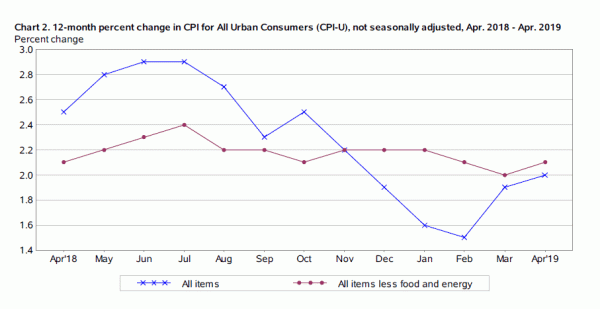
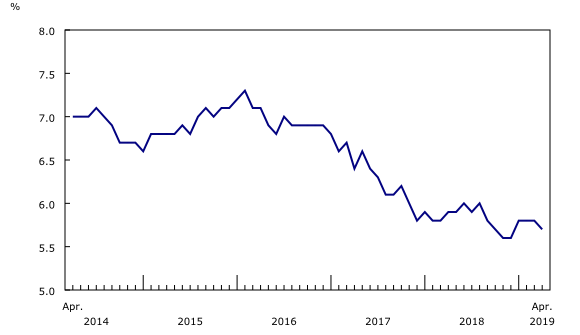
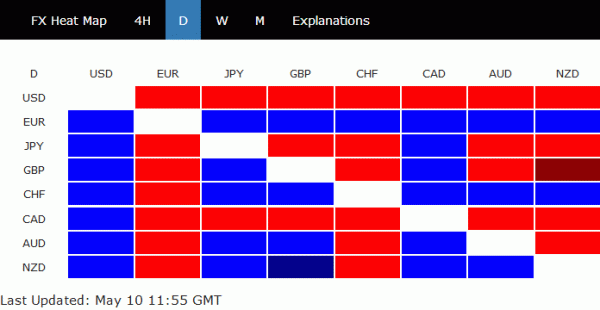

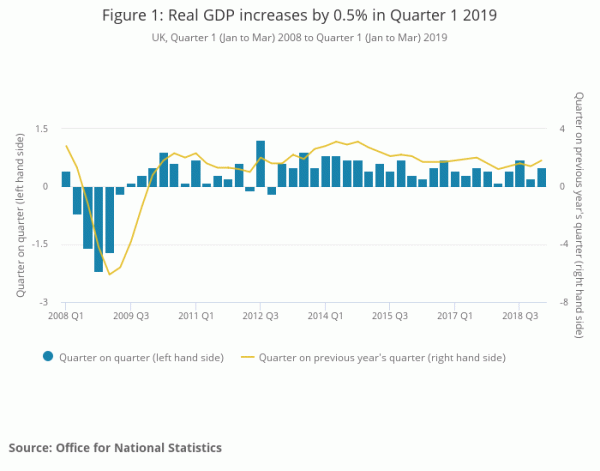
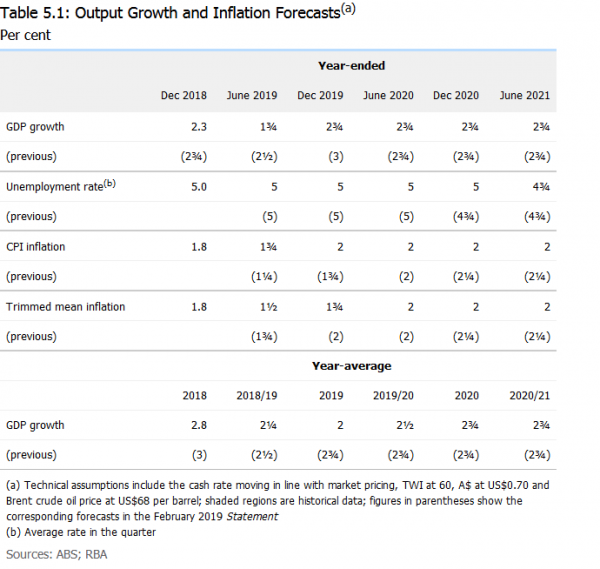
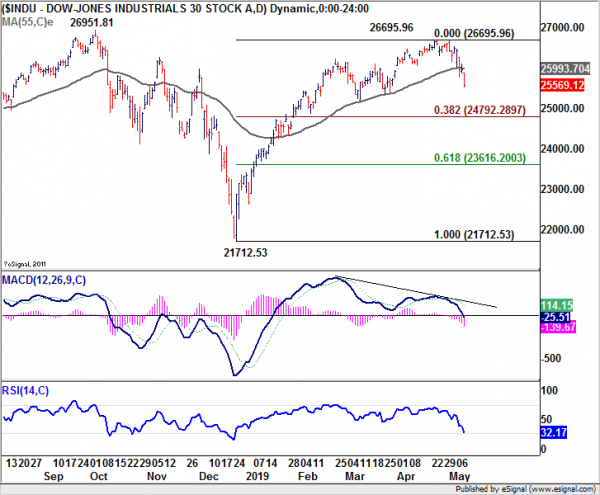
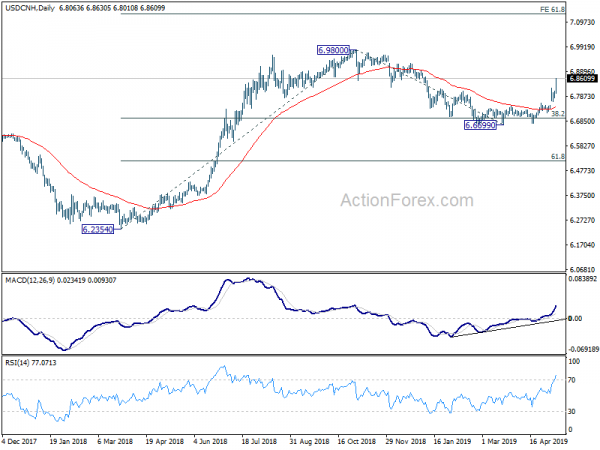
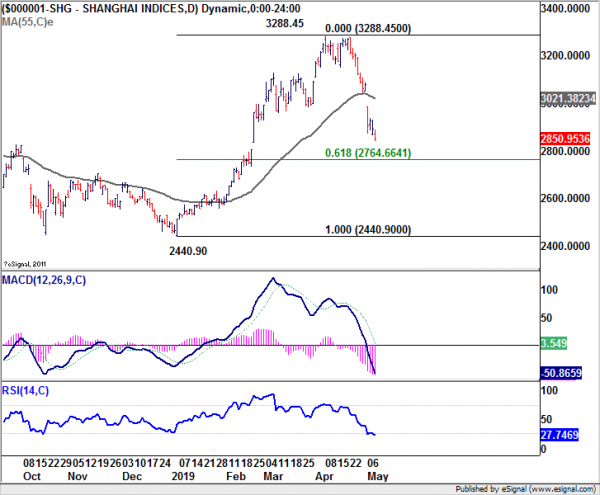
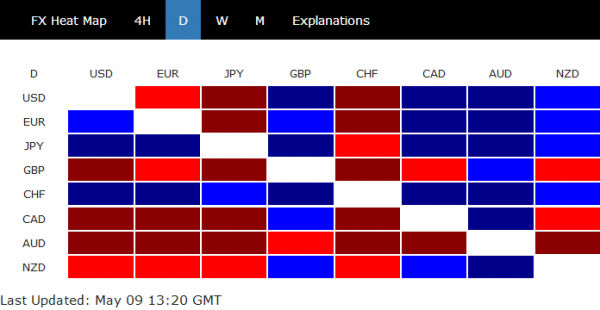
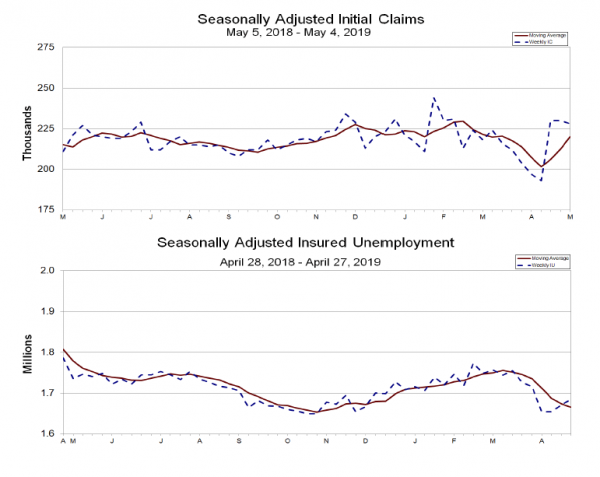
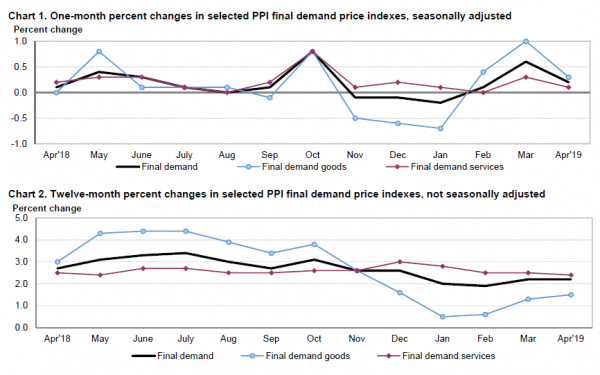
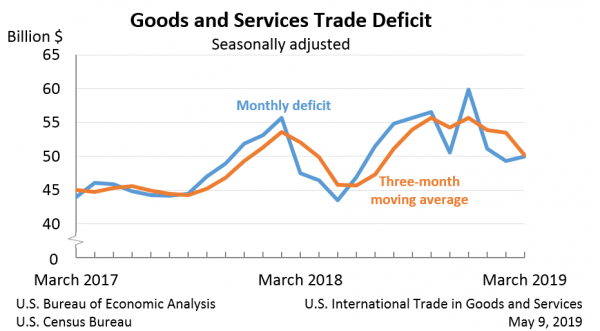

EU Tusk not giving up in convincing UK to stay in EU
European Council President Donald Tusk is known to prefer UK to stay in EU. He said in remarks published Gazeta Wyborcza daily that “the real debate on the consequences of Brexit started not before or during the referendum campaign, but after the vote.” And, “paradoxically it is Brexit that triggered a pro-European movement in the UK”. He added, “today, chances that there will be no Brexit are at 20-30%. That’s a lot.”
Tusk went further to explain that “month by month it is becoming clearer that the UK’s departure from the EU will look completely different than what the Brexit promoters had (forecast)”.
To him: “I don’t see a reason to give up, even if we repeat that the referendum is an expression of the people’s will. Yes, the people’s will has to be respected. But the referendum in 2016 was not the first one on the UK’s membership in the EU.”